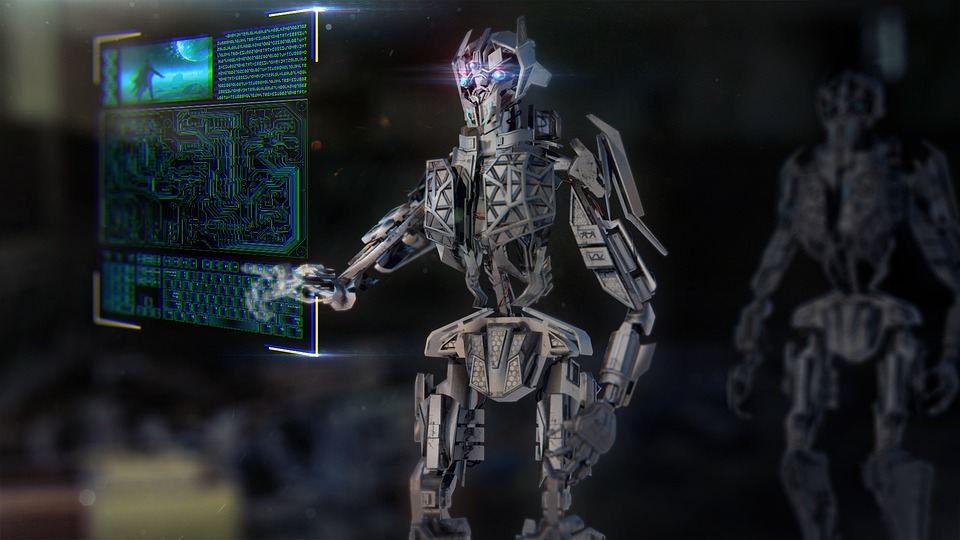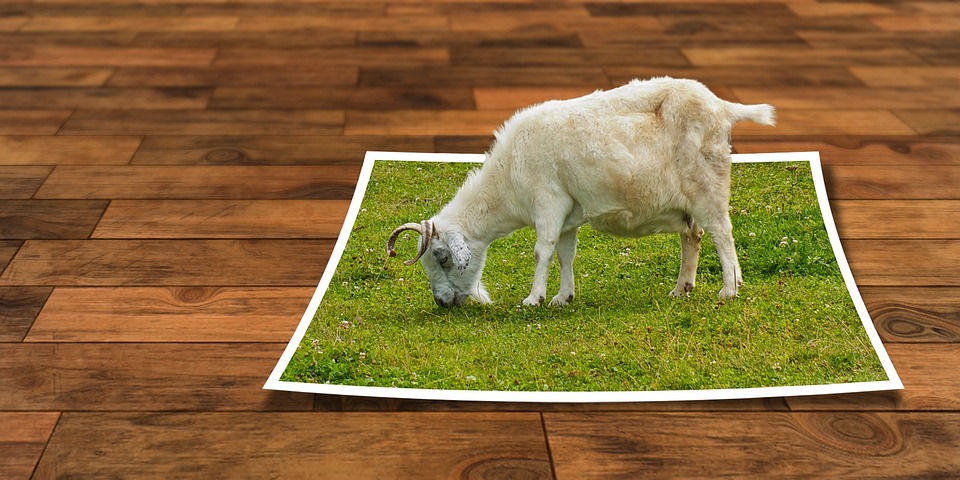As demonstrated by the brand names that have currently utilized 3D printers, the possibilities are unlimited. This is particularly real when it involves shade. And that is precisely why 3D printing is making a buzz in the charm sector. With accessibility to an available shade scheme, elegant brands can start to produce ultra-personalized items for consumers.
3D Printers: Package Printing
Although 3D-published eyeshadows and lipsticks could appear as liberal as it obtains. Cosmetic packaging is really where this innovation has made its most significant effect thus far.
Since innovative technology goes together with 3D printing, pre-printing layout abilities are unbelievable. Product packaging makers can electronically make and examine different bundle versions before sending out the completed layout to the printer.
Technology provides makers this control over the process. Thus, all the aspects are completed by the time the package is finished. Expensive design defects and make errors are virtually removed.
Given that the procedure could be made so accurate, 3D printing is perfect for developing luxury packaging. For the period of manufacturing, each layer of the picked packaging material is thoroughly “published” or laid down in a thin sheet. The layering proceeds until the wanted form is produced based upon the electronic versions that were entered right into the printer. Every sheet is positioned with laser accuracy, so the completed packaging is incredibly smooth with sharp, tidy outlining.
Based upon this, it is not a surprise that 3D printing firms have customer rosters full of practical and luxurious charm brand names. The advantages of 3D-published product packaging expand far beyond superficial appearances. Lots of firms have discovered this out on their own after adapting to the brand-new manufacturing process.
Product packaging Benefits
If you have any experience in the product packaging sector, you possibly know that the production procedure is not without its problems. Concerns of waste, cost, and timeliness can be irritating as can lack sustainable choices when it comes to production. Firms that have switched over to 3D printing have located a lot of these intensifying problems fixed.
As a result of the specific electronic style, process pointed out previously, issues can be taken care of before any product packaging is also printed. This conserves time, cash, and product. No damaged packaging needs to be thrown out and reprinted.
Because 3D printing develops items with additive manufacturing– working layer by layer with only needed material– rather than by subtractive manufacturing– beginning with a mass of material then shaping the thing from that whole– pricey products do not end up going to waste.
The whole printing process occurs so swiftly. Growth times are a small percentage of what they will be with conventional manufacturing. The efficiency and productivity from 3D printers produce revenues that accumulate very rapidly and pay for the tools many times repeatedly.
The Future of 3D Printing
The future of innovation could be both ingenious as well as sustainable. A couple of decades back, it might have appeared difficult for companies to print individualized cosmetics for customers. Now it is the truth. As businesses continue to buy 3D printing, the opportunities are most likely to grow significantly.



 CARBON FIBER
CARBON FIBER 3D applicable resins come in the following categories:
3D applicable resins come in the following categories: 